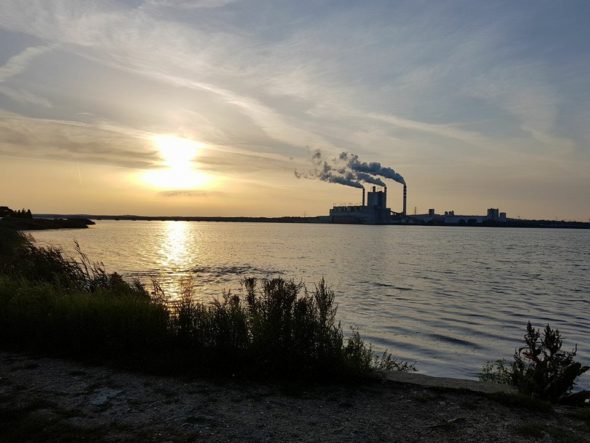Pątnów meets all geological and environmental conditions, and at the same time is adjacent to a water tank that allows adequate cooling of reactors. In addition, the approval rating for nuclear projects is high among local residents – emphasizes the press office of KHNP, the Korean company managing nuclear power plants, in response to a question from BiznesAlert.pl.
BiznesAlert.pl: How does Team Korea want to make the nuclear project as profitable as possible?
KHNP press office: When it comes to building a new nuclear power plant, the most important thing is choosing a competent contractor who, based on extensive experience, is able to finish the construction on time. Thanks to the experience gained during the construction and operation of 34 units over the past 50 years, KHNP has sufficient capabilities to meet the needs of Poland.
Reputable reports have time and again confirmed that Korean nuclear power plants are competitively priced. A reliable and comparable indicator is the „unit construction cost per kW”. For example, according to the WNA* report, in 2021, the unit cost of building a nuclear power plant in South Korea was USD 3,571/kW, which is much less than in the US (USD 5,833/kW) or in France (USD 7,931/kW).
In addition, according to a report** published by Bloomberg in 2018, the unit cost of building a nuclear power plant in South Korea* * * was USD 3 717 kW and was significantly lower than in France (USD 7 809 kW) and the United States (USD 11 638 kW).
Based on our experience in managing these types of projects, where it was important to maintain cost competitiveness, we are convinced that we will provide an optimal solution for Poland in order to reduce the unit cost of electricity and contribute to the country’s economic growth.
What is the potential of the Pątnów area based on the data that you have collected under the Memorandum of Understanding (MoU) with ZE PAK and PGE?
The Pątnów area has been selected as a possible location of a nuclear power plant in Poland’s Energy Policy Until 2040 (PEP 2040) and the Polish Nuclear Energy Programme (PPEJ). This location meets geological and environmental conditions, and at the same time is adjacent to a water reservoir that allows adequate cooling of the reactors. In addition, the approval rating for nuclear projects is high among local residents, which stems from the 70-year tradition of power generation in the region.
The surface area of the site is about 580ha, which is enough to build APR1400 reactors there. The required area for the construction of four APR1400 units is about 112ha, and the area of the existing coal-fired power plant in Pątnow is 50.4 ha, plus an additional area of 537.6 ha.
Will there be enough water to cool the reactors?
The water supply from the nearby water reservoir satisfies the requirements for four APR1400 units. Four APR1400 units need 159.6 million cubic meters of water, and the capacity of the reservoir is 588 million cubic meters. It is worth adding that the power infrastructure, including a 400kV switchgear, already exists.
How will this project translate into economic cooperation between Poland and Korea?
During the implementation of the project of the new nuclear power plant, Korean businesses will be involved in technology transfer to local companies in Poland, which will lead to technological and economic cooperation between Korean and Polish companies.
Korean companies such as Samsung, LG, Hyundai, POSCO and KT have already entered Polish markets and actively participate in Polish projects across the country. For example, Incheon International Airport Corporation was selected as a strategic advisor to a new airport project in Poland.
Also in the defense industry, bilateral cooperation between Korea and Poland has been going on for a long time. Korea’s Hyundai-Rotem recently signed a cooperation agreement with Poland, which provides the basis for the export of military equipment, including Korean K2 tanks, armored vehicles and K9 self-propelled howitzers.
A large-scale nuclear project will develop economic cooperation between our countries. Cooperation in the nuclear industry will strengthen strategic partnerships in all energy sectors, including battery and hydrogen.
Interview by Wojciech Jakóbik and Jędrzej Stachura
*(Korea) BNPP 1-4, (USA) Vogtle 3&4, (UK) Hinkley Point C 1&2
** Bloomberg, „Saudi Nuclear: Handicapping the Vendors” released March 19, 2018
*** (Korea) BNPP 1-4, (France) Olkiluoto 3, (USA) Sanmen 1&2









